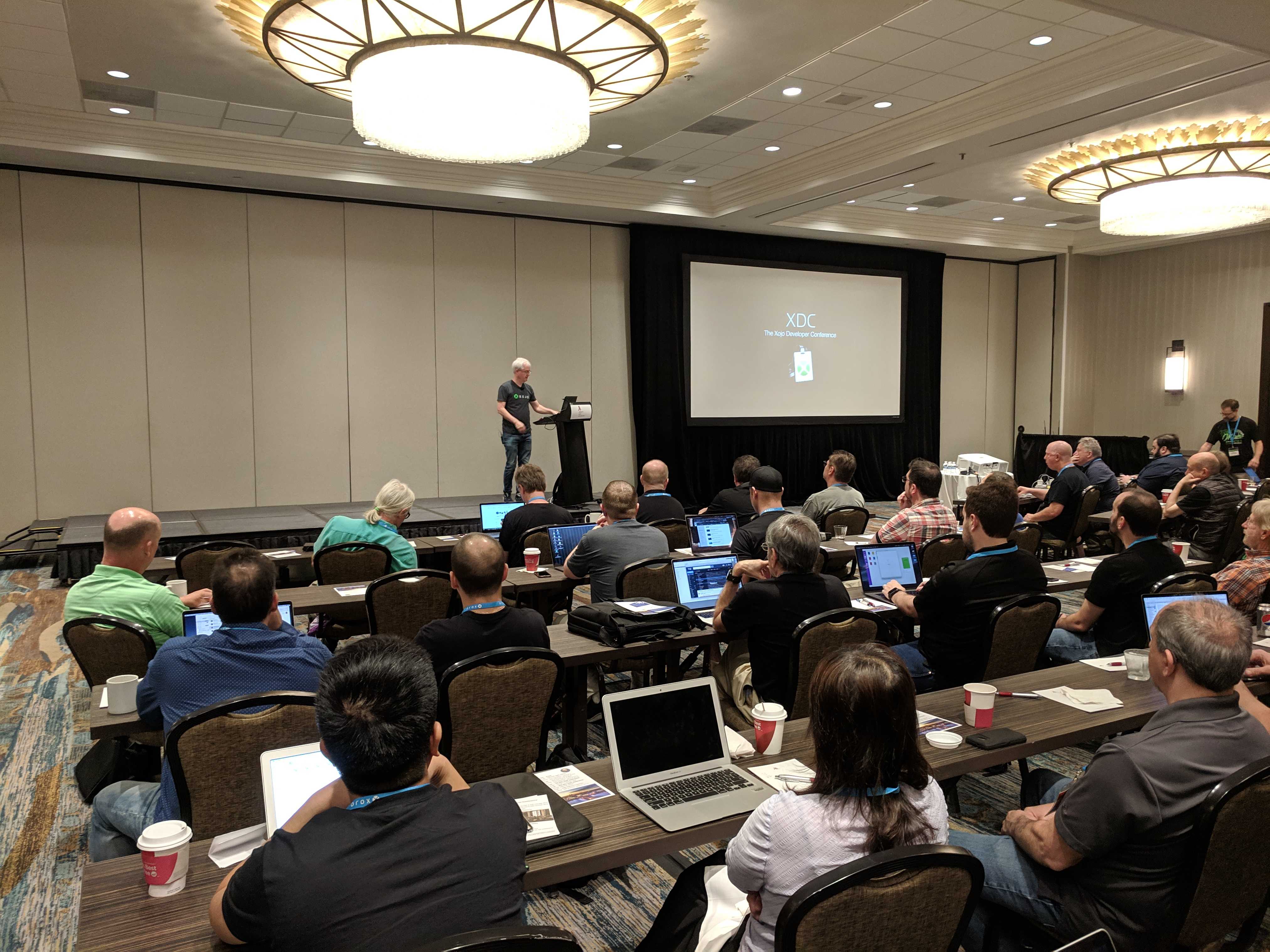Using and writing declares for Android is very similar to other platforms. The syntax is mostly the same, but we’ve made some additions to make Declares that change Controls easier. Let’s walk through a couple of easy-to-understand Declares to show you how they’re made.
Comments closedTag: Declares
My new path has taken me deep into the world of iOS and macOS and I thought I would create some projects & products which would benefit Xojo apps on those platforms by creating some products which expose some of the larger frameworks which are not already available but also cannot be accessed by declares alone…
Comments closedIn this tutorial we will see how to retrieve the file icon using macOS Quick Look technology and the regular file type associated with the selected file, for example JPEG, MOV, PDF, RTF, etc. Continue reading to learn how to achieve this using Declares.
Comments closedFor those of you that don’t consider reading through over 220 items as fun as I do, here are a few things I thought I would highlight, in no particular order…
Comments closedWhen looping through an array, I am a big fan of using For Each as I find it more readable than using a For loop with a counter and looking up the item in the array with the counter. Sometimes it’s fun to do stuff just because you can! Plus, it makes for a good excuse to learn about some more advanced Xojo features
Comments closedGeoff just wrapped up the keynote here in sunny, windy Miami, Florida.

After a brief introduction welcoming attendees from 11 different countries, Geoff began the keynote by sharing some graphs showing how the Xojo community has been changing.
Comments closedDid you know that it’s possible to load and use 3rd Party Frameworks in your Xojo iOS projects? There’s quite a number of good projects out there, many of which are on sites like GitHub and freely available for use in your projects. If you’re familiar with Declares in iOS, loading a 3rd Party framework requires just a couple of extra lines of code and a CopyFilesStep.
Last year at XDC 2018, Jérémie Leroy talked about making sure your screenshots mimicked the Apple method so that the date was always Jun 9th, the time was always 9:41 AM, the battery always shows as full and the WiFi strength always shows full. It got me thinking that it might be handy to be able to make the simulator always show those values when you do a debug run so that you don’t need to think about it when you are ready to start taking screenshots and movies of your app. One way to do that is to build & run project like SimulatorStatusMagic on the simulator before running your project, but it would be more useful if it was automatic.
Comments closedThere are low-code platforms that don’t provide ability to call directly into the operating system. Fortunately, Xojo does. Our vision for Xojo has always been to make the tool easy to learn and highly productive to develop applications, without sacrificing power when you need it.
Comments closedYou can call into Win32 APIs (aka WinAPI) to use methods and properties that are not built into the framework by using the Declare command. To create a Declare statement you first need to track down the API you want to use using Microsoft’s documentation: Microsoft Developer Documentation.
Comments closed